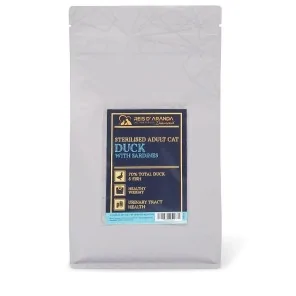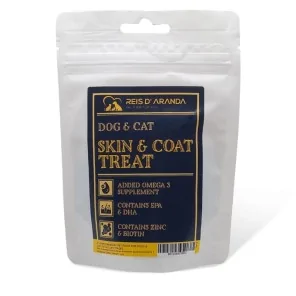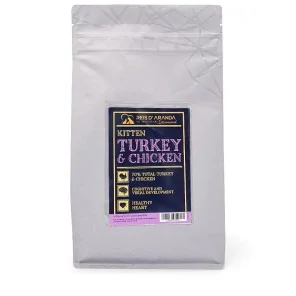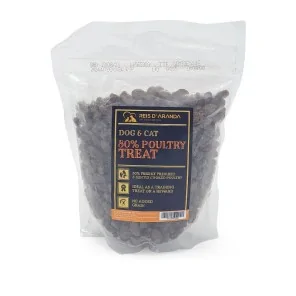Its name says it all: the Vienna blue rabbit comes from Austria. Not only is it beautiful with its shiny blue-grey...
THE ORIENTAL CAT
INTRODUCTION
The Oriental cat is a breed of cat originating in Thailand. Because of its sharp profile the Oriental cat has been nicknamed the greyhound of cats. It is a cat of pure, harmonious and subtle lines, with a long face, and ears more open than a European cat. It has an elegant bearing, a lively temperament and great intelligence.
THE ORIGIN OF THE ORIENTAL CAT
Originating in Thailand, the Oriental cat, also known as Foreign or ‘foreign’, has long been considered a non-standard Siamese. In fact, the two breeds are obviously related but were officially differentiated much later.
According to some authors, the Oriental cat is the original type and the Siamese is a coloured variety of the Oriental cat.
It is well known that more than 50 % of Bangkok cats are Oriental (cats with green eyes and colour all over the body), against only 20 % of Siamese (cats with blue eyes and colour only in some places; the face, the tail and the paws).
The vicissitudes of their discovery and the vagaries of fashion meant that the Oriental cat was ignored for a long time, although both breeds arrived in Britain in the late 19th century. Between 1920 and 1930 there was a clear preference for the Siamese cat, and just after 1950 some British breeders began to take an interest in the Oriental cat.
Around 1968 American breeders joined this ‘trend’ by starting a selective breeding programme, opting for a more refined extreme morphological type, and by the mid 1970's the breed was recognised by the various cat societies.
WHAT IS THE ORIENTAL CAT LIKE?
It is a medium sized, slender, elegant cat, with refined lines and a sinewy, muscular body. The shoulders should not be broader than the hips.
The head is of medium size, proportionate to the body. Balanced, wedge-shaped with straight lines. The wedge starts at the nose and gradually increases in width towards the ears in straight lines. There should be no depression at the level of the whiskers. The skull, seen in profile, is slightly convex. Nose long and straight, continuing the line from the forehead without any interruption. Narrow muzzle. Chin and jaw of medium size, the tip of the chin should form a vertical line with the tip of the nose. The neck is long and slender. The ears are large and pointed, broad at the base. As for placement, the lines of the wedge continue. The tips of the ears should not be tilted forward. The eyes are of medium size, neither protruding nor sunken. Almond-shaped and slightly oblique towards the nose, in order to harmoniously continue the lines of the wedge. The colour should be pure and clear, of a luminous and vivid green. The legs are long and slender, in proportion to the body. The feet are small and oval. The tail is very long, fine even at the base, tapering towards the tip. The coat is very short, fine, glossy, silky, close to the body, almost without undercoat.
COLOURS:
SOLID: Uniform colouring without brindle markings or shading. Whiskers and eyebrows in harmony with body colour. Black, blue, chocolate, lilac, red, cream, cinnamon, fawn.
TORTIE: With beige or cream patches on base colour. Black tortie, blue tortie, chocolate tortie, lilac tortie, cinnamon tortie, fawn tortie.
SMOKE: The base of the coat is unpigmented, the root is pure white and the tip is very intensely coloured, 1/3 white and 2/3 coloured. Black smoke, blue smoke, chocolate smoke, lilac smoke, red smoke, cream smoke, cinnamon smoke, fawn smoke, black tortie smoke, blue tortie smoke, chocolate tortie smoke, lilac tortie smoke, cinnamon tortie smoke, fawn tortie smoke.
TABBY (AGOUTI): With stripes, in its four patterns
- BLOTCHED (wide stripes, with a characteristic ‘bull's-eye’ on the flanks and a butterfly on the shoulders)
- MACKEREL (thin stripes, perpendicular to the spine, like the skeleton of a fish)
- SPOTTED (with regularly distributed rounded spots)
- TICKED (marbled, like a hare) in the above mentioned base colours. Black tabby blotched, black tabby spotted, etc.
- SILVER TABBY: Base colour in any of the 4 tabby patterns with pure white base coat. Black silver tabby blotched, black silver tabby spotted, etc.
BICOLOURS: Base colour plus white. There are 3 varieties:
- BICOLOR (white covers 30 to 50 % of the body).
- ARLEQUIN (white covers between 50 and 75 % of the body).
- VAN (the whole body white, except for two coloured patches which may cover the eyes and the base of the ears and on the tail). Black bicolour, black harlequin, black van, blue bicolour, etc.
- SMOKE BICOLOURS: Same characteristics as the bicolours plus the addition of smoke colouring.
- TABBY BICOLOURS: Same characteristics of the bicolours plus the addition of the tabby pattern.
- BICOLORES SILVER TABBY: Same characteristics of the bicolours plus the addition of the tabby pattern and the silver colouring.
THE HEALTH OF THE ORIENTAL CAT
The Oriental cat is usually very long-lived, but is prone to the same health problems as the Siamese cats, with whom it is closely related. One of the problems of the Oriental cat is strabismus and is due to a genetic defect in which the optic nerve is affected.
As it is a congenital defect, kittens with strabismus should not be mated. However, this condition does not impair the pets' quality of life.
THE PERSONALITY OF THE ORIENTAL CAT
The Oriental cat is characterised by its strong personality, which combines very well with its peculiar appearance. It is a very proud, proud and inquisitive cat, but, at the same time, it is very curious, cheerful and playful. He is, however, very temperamental and unpredictable. These cats are very sensitive, so they feel hurt if they are not given the attention they want. It is important to note that they are incredibly loyal and dependent on their master.
It does not tolerate solitude very well, so it is very sociable and gets along well with other cats and pets, but tends to be dominant, jealous and possessive.
CONCLUSION
Like Siamese, this cat is devoted to humans. They tend to be very attached to their owners, so be prepared for a lifetime of commitment and companionship.
This intelligent, affectionate and talkative cat is curious and athletic by nature. Action, new and exciting entertainment and training are some of their passions.
Leave a comment
Log in to post comments
















